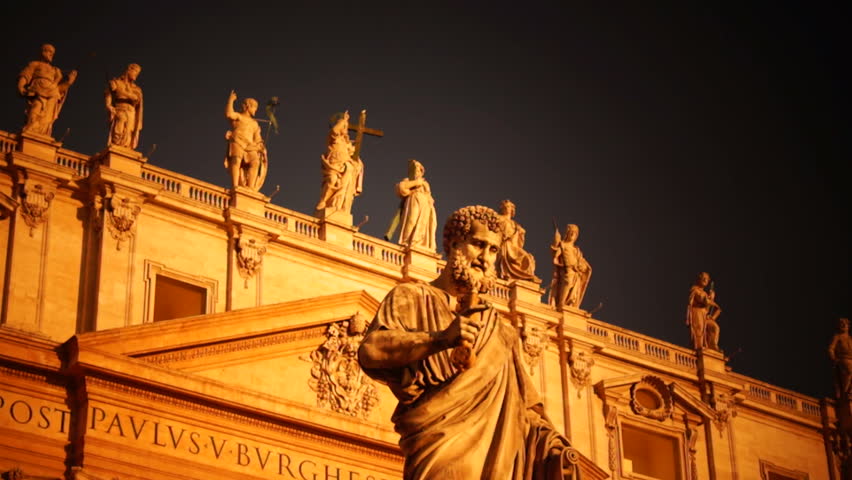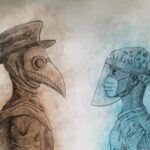On the southwest side of the Greek island of Crete, near a pristine cove and virgin beaches, sits the ruins of a town Agia Roumeli, that was once called Tara (Tarrha, Tarra, Tarrhus, Tarros, – Greek: Τάρρα). An ancient city with an illustrious history that during the Greco-Roman period was one of the most important of all the Mediterranean.
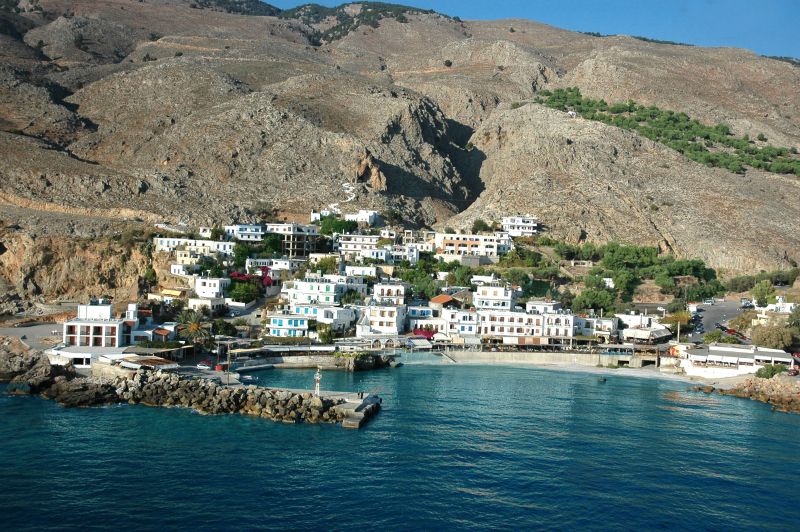
The natives and people of Tara were some of the most learned men in this part of the world. Writing in 19 A.D., Strabo tells us of its inhabitants’ enthusiasm for learning, especially for philosophy. In this respect, he speaks of Tara as Tarsus and claims the city surpasses Athens and Alexandria and every other university town.
According to traditional history, Greek colonists from Sparta founded the city Taras after the mythical hero Taras. The earliest legends tell us that Apollo, after murdering Python, arrived in Crete at Delphi, which is associated with Tara to be cleansed through purgatorial rituals ministered by the “first priests of Apollo who were Cretans from the City of Gnosis – Knossos.”
Here dwelt the famous temple of Apollo, surnamed Tarrhaeus, and the Oracle of Delphi, near the Southern part of the Samaria Gorge. Outside their temple of Gnosis, it simply read, “Know Thyself and Nothing in Excess.” The place where the High Priest Carmanor (Karmanor) where Apollo’s purification was woven into the Greek myths of the god’s entry into Delphi, and in times of plague (COVID), Epimenides Gnosis and other Cretans were summoned by the Delphic oracle.
During the first centuries of the Greco and Roman empires, the Island of Crete and the city-state of Tara was a place of greatest importance to the Imperial Cults in the Mediterranean. It was famous for many hundreds of years because of its history, learning, university, beauty, people, and its central location near mainland Greece and Egypt to operate its powerful maritime fleets and mercenary armies of archers.
The spiritual and historical roots of Tara tell us it was once one of the most ancient powerful cities of all the Old World who ruled over the rest of the cities such as in Southern Italy and Rome that was known as “Magna Graecia (Greater Greece)” in the time Before Christ (BC) and early AD. It once had one of the most advanced governments and militaries with a powerful fleet of ships that included a field army of tens of thousands of men.
It was inhabited and fiercely contested over since time immemorial. Due to the richness of the landscape which provided an abundance of fresh water and wildlife for food and the excellent quality of its wood, Tara or Tarsus became the epicenter of the world and of religion as well.
A famous old town that I believe various historical accounts connects us to the cities Tarsus, Tarshish, Tyre, Tyanna, and Ataroth, which I have found are all the same city but with different names throughout the last 2,000 plus years.
In order to travel to this area of Crete, you will find that there are no roads or tourist industries in or around the sleepy town of Agia Roumeli. By design or fate. The only way to find the remnants of Tara is by boat or a very long hike.
It has just about disappeared from history, but a necropolis was once excavated there, and some ruins can still be seen of it on the eastern side of the river (which runs down through the Samaria Gorge). The exact area that I believe is the same river described Biblically concerning the Tarsus and the story of Saint Paul’s (Saul of Tarsus) hometown near the Cydnus River now called the river Tarraios, which was also located near the ancient village of Samaria, midway down the gorge. Mt. Tarsus would be the beautiful White Mountains.
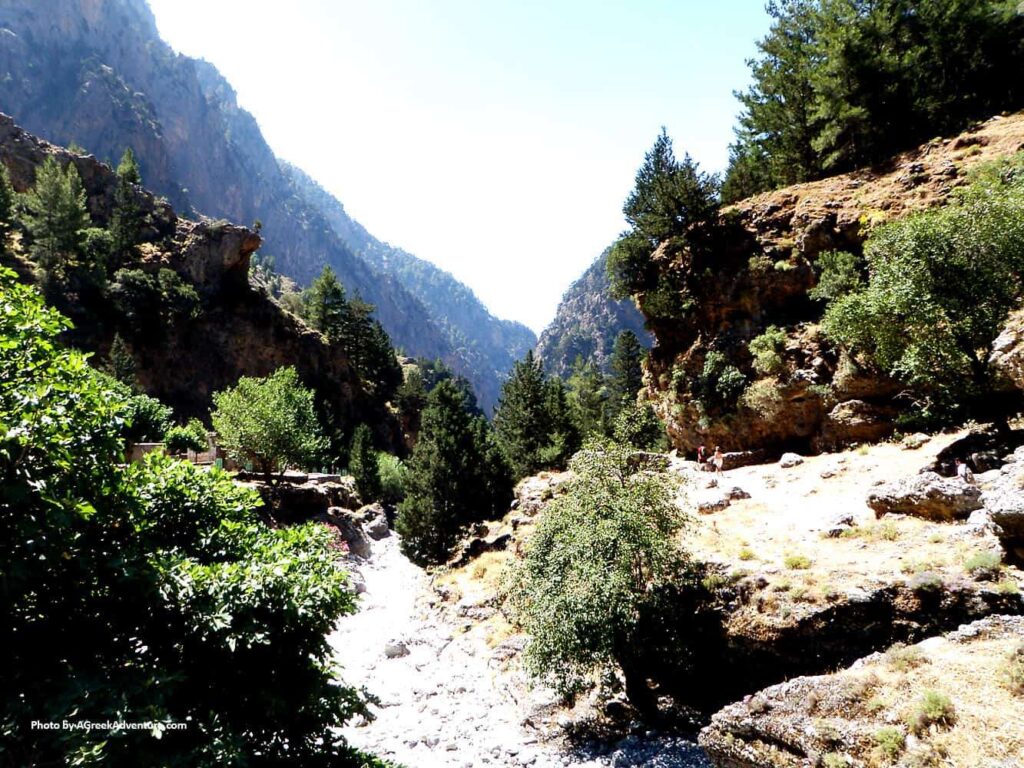
The river Tarraios dries up in summer but floods in winter, runs the length of the gorge and its mouth is at Agia Roumeli, formerly Tarra.
The recent photo below is from the lower part of the necropolis of Tara just above a rare “black sand beach” looking towards the Libyan sea.
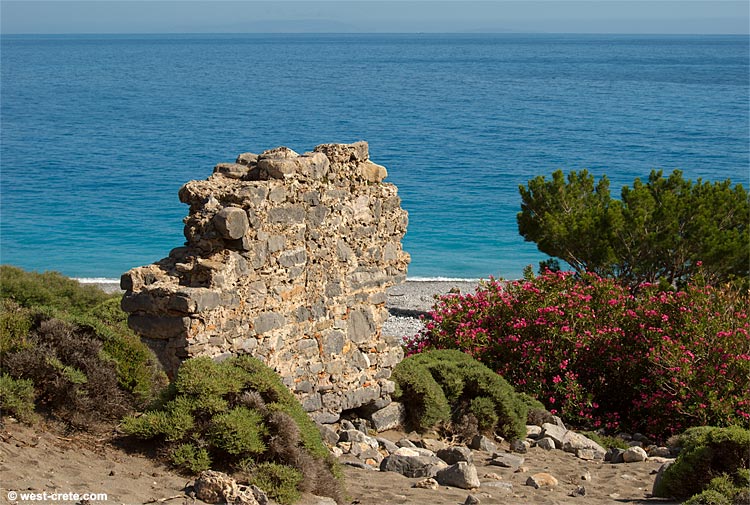
HOW THE LEARNED MEN OF TARA MIGRATED TO ROME
What made the school of Tarsus different from other areas of the world according to Strabo was the fact that the entire student body was composed almost entirely of natives, who, after finishing their course, usually went abroad to complete their education and in most cases did not return home. Whereas in most universities, the students were mainly foreigners, and the natives did not show the same great love of learning.
In fact, Strabo emphatically states that Rome is full of Tarsians and Alexandrians and I believe they played a very important role in the formation of the early Roman Empire.
Among the famous learned men and philosophers were Stoics Antipater, Archedemus, Nestor, Athenodorus surnamed Cordylion, the friend and companion of the younger Marcus Cato also known as Athenodorus Cananites, (called Canaanites after the village of his birth), who was the tutor and friend of the first Roman emperor, Augustus Caesar and is credited with reforming the Tarsian constitution. Other philosophers of Tarsus were Nestor, a representative of the Academy, and tutor of Marcellus, Augustus’ nephew and destined successor, and of Tiberius, Plutiades and Diogenes;
Tara was the birthplace of philosophers, strategists, writers, and athletes such as Aristoxenus, Livius Andronicus, Heracleides, Iccus, Cleinias, Leonidas, Lysis, Sosibius, and Lucillus of Tarrha (or Loukillos). He commented on the Argonauts of Apollonius of Rhodes. In mythology, Chrysothemis, was the victor of the Pythian Games at Delphi and was also the son and poet of the High Priest Carmanor, who was from Tara as well.
Among the famous learned men and philosophers from Tara, Crete were people such as Paul the Apostle, Stoics Antipater, Archedemus, Nestor, Athenodorus surnamed Cordylion, the friend and companion of the younger Marcus Cato also known as Athenodorus Cananites, (called Canaanites after the village of his birth), who was the tutor and friend of the first Roman emperor, Augustus Caesar and is credited with reforming the Tarsian constitution. Other philosophers of Tarsus were Nestor, tutor of Augustus’ nephew, Marcellus.
It was distinguished for the culture of Greek literature and philosophy, so it was the rival of Athens and Alexandria. People such as Paul the Apostle were born here and it was the location of the first meeting between Mark Antony and Cleopatra that had occurred a long ago and was also home to the infamous, Cleopatra’s Gate.
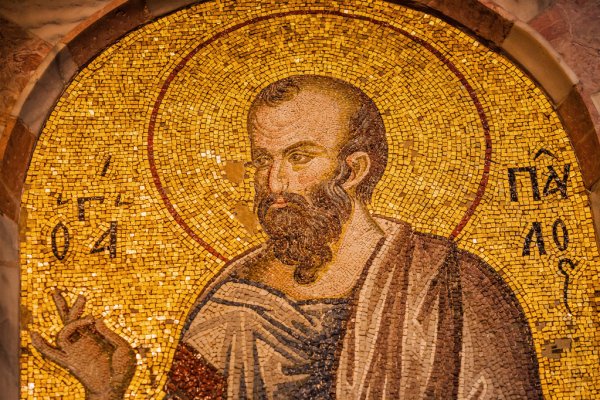
Some of the most famous people I have discovered from Tara AKA Tarsus were the highly influential Greek neo-Pythagorean philosopher, Apollonius of Tyana, who was educated at Tarsus in the Temple of Aesculapius and also lived and died on Crete. Apollonius was a student of the Pythagoreans whose teachings were held in the highest esteem and influenced both scientific thought and occultism for many centuries after his death.

Over the last 2,000 years, various legends told over this time about Apollonius in many different languages and by a plethora of authors tell of many places he had allegedly visited that all are spelled in a similar fashion and sound the same like Tarsus, Tarsia, Tyana and Tyre. Stories like Apollonius sails from Tyre to Antioch. In Tarsia, He is carried by pirates from Tarsus; Apollonius returns to Tyre; Apollonius sails to Tarsus; Apollonius returns from Egypt to Tarsus . D. Apollonius sails to Cyrene, etc…
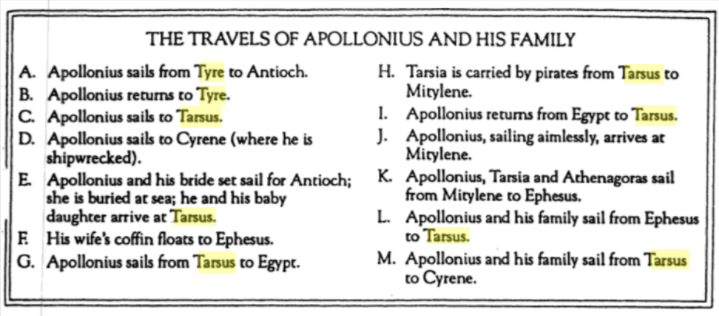
Another famous Taraseian from Tara was Archytas, a Pythagorean and ruler of Tara for seven years. He was an esteemed member of the Pythagorean school for his wisdom and virtues and was famous for being the founder of mathematical mechanics, as well as a good friend of Plato. The Seventh Letter of Plato asserts that Archytas attempted to rescue Plato during his difficulties with the Greek Archon Dionysius II of Syracuse.
I also find it interesting that many of these philosophers from Tara, Tarsus, or whatever you want to call the town were also resemble one another as if they were related by blood.
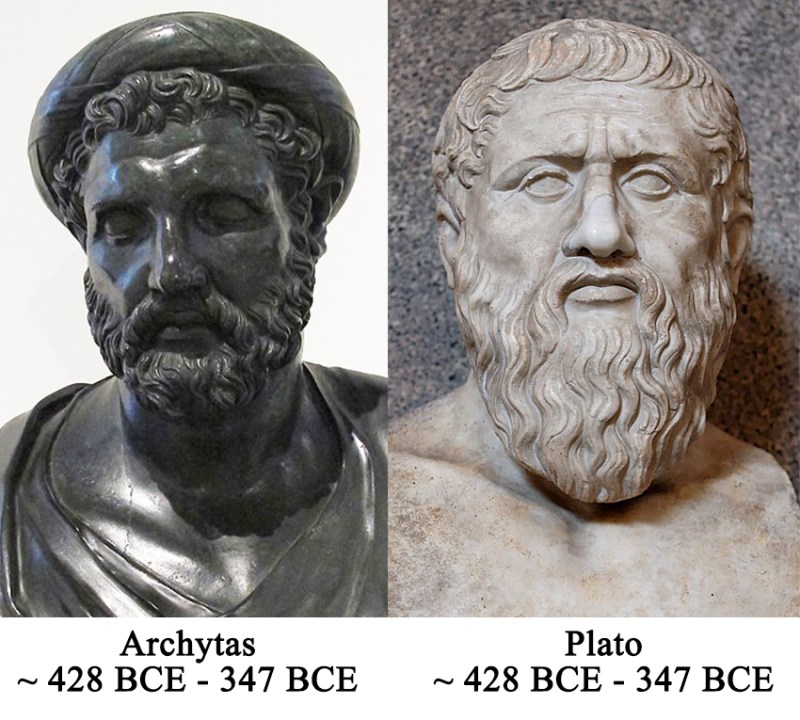
Under the rulership of Archytas, the government of Tara reached the apex of its development with a political hegemony over the other Greek colonies of Magna Graecia in southern Italy and one of the largest cities in the world, with a population estimated up to 300,000 people. Strabo associates Archytas with the flourishing of Tara and also its military might. In his honor, a crater on the Moon is named Archytas, and just to the southwest, we find his friend, the dark-floored crater Plato.
Due to its history and importance, the city of Tara had become one of the most esteemed and powerful cities in all the Mediterranean from 500 BC onwards which is reflected by its historical alliances and foreign policy. Tara belonged to a federation of Cretan cities composed of Lissos, Syia, Pikilassos, Hyrtakina, and Elyrus (Elyros) who are knowns as the Elyrians (Illyrians). Pausanias tells us how the people of Elyrus in Crete sent a bronze goat to Delphi; “ The goat is suckling the infants Phylacides and Philander, who were said to be the children of Apollo by a nymph Acacallis, whom Apollo visited in the city of Tara.
In later times, we find Tara signed an important agreement cementing an alliance with the neighboring Cretan City of Pergamon through King Eumenes II in 170 under the Attalid dynasty. Eumenes (B.C. 196-159) of Pergamon was the son of Cretan King and friend of the Romans, Attalus (B.C. 241-197).
In the Scripture, the original city of Pergamon is also known as the throne of Satan via Revelation 2:12 “Pergamos – Where Satan’s throne is.” Pergamon was originally located on the Island of Crete approximately 18 miles inland from the west coast. It lies opposite the Island of Dia (Cos, Chios, Patmos) to the west of Mount Ida, and Knossos was as well. It was said to be on the river Caicus almost halfway between Smyrna on the south, and Troy on the north. Pliny places it between the city of Sidonia (Cydonia) and the city of Kiasmos.
Pergamon was also home to the Temple of the ancient Greek God of wisdom, medicine, healing, rejuvenation, and physicians known as ‘Asclepius’. His temple was known as the Sanctuary of Asclepius which was one of the most famous schools, libraries, and medical centers (hospitals) ever known in the ancient world.
Under Augustus Caesar’s rule, the first imperial cult was established in the province of Asia was in Pergamon. Pliny the Elder refers to the city as the most important in the province and the local aristocracy continued to flourish in power up until the 1st century AD.
Lawyer and author, Robert Pashley was the first modern archaeologist to find the location of the city of Tara and investigate it. Pashley was one of the modern foremost experts of Cretan culture in the first half of the nineteenth century. He was the also first person to discover the location of the ancient buried city of Sidonia (Cydonia). At the time of Pashley’s arrival on Crete, it was under Muslim-Egyptian administration so I would assume much of this early history and Biblical secrets he discovered were suppressed. He published his Great Work in the two-volume book, “Travels in Crete.”
The appellation of “tar” to their founding and sister cities was preserved in the names of ancient places such as Tara in Ireland. Home to the Hill of Tara, which is an ancient ceremonial and burial site near Skryne in County Meath, Ireland. According to ancient tradition, it was the inauguration place and seat of the High Kings of Ireland. It was here you find like on Crete, learned me who are known as the Ulam (Ollam) of Mulah and their king who founded Ireland’s first University.
King Ollam is mentioned in the “Annals of the Four Masters,”, as a sage and law-giver and was said to have founded a College of Ollams at Tara, or a ‘School of the Prophets” who ordered the sacred records to be kept at Tara. “These form the basis of ancient Irish history.” (Annals of the Four Masters, note p. 297.) There was actually a famous college at Tara called the Mur Ollam han, or the House of the Learned Four Masters.
In England, we find the city of Tarring, now West Tarring, in West Sussex, which was founded by King Athelstan who is credited with starting Freemasonry in England. When the Normans conquered the country, they took over the governorship and this is reflected in history as being given by the King to the archbishops of Canterbury in the 10th century. Another sister city to Tara, Crete is the coastal city of Tarifa, Spain, and the most famous of all is the ancient city of Rome once called Tarentum and today is known as Terracina, Italy, which is said to have been built by colonists from Crete to name a few.
Early Greek tradition relates that when Taras was shipwrecked, his father rescued him by sending a dolphin which he rode to traverse the sea from the promontory of Taenarum to the south of Italy. Brought ashore, Taras founded Tarentum which was named in his honor. According to Pausanias, he was worshiped as a hero who named both the city and the river, Taras after himself.
According to the Harpers Dictionary of Classical Antiquities, dated over 100 years ago in1898;
“The town of Tarentum consisted of two parts, viz.: a peninsula or island at the entrance of the harbor, and a town on the mainland, which was connected with the island by means of a bridge. On the northwest corner of the island, close to the entrance of the harbor, was the citadel: the principal part of the town was situated southwest of the isthmus.
The modern town is confined to the island or peninsula on which the citadel stood. The neighborhood of Tarentum produced the best wool in all of Italy and was also celebrated for its excellent wine, figs, pears, and other fruits. Its purple dye was also much valued in antiquity.”
A place that I believe was a sister city to Tara, Crete, and also the exact location of the Temple of Jupiter Anxur (Italian: Tempio di Giove Anxur).
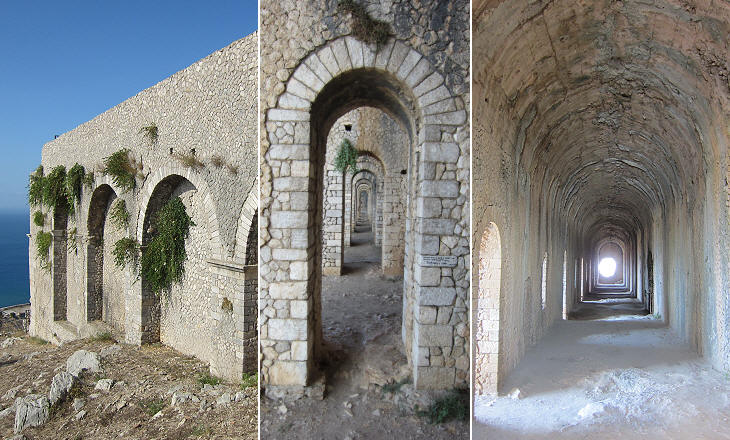
The modern name of Tara I have also found is associated with the Biblical Tarsus, which is famously associated as the native place of the Apostle Paul (Acts 22:3) who is also known as Saul of Tarsus, which he claimed was “a citizen of no mean city” (Acts 9:11; Acts 21:39). It stood on the banks of the river Cydnus, about 6-10 miles north of the Mediterranean. Like Tara, it was distinguished for the culture of Greek literature and philosophy, so it was considered the rival of Athens and Alexandria.
Paul, I have connected with Saul and Tyre. He is called the first King of the United Kingdoms of Judah and Israel and he can also be connected to the first King of Tyre (Byblos or Giblim) whose name was Abibalus who I have tied to Hiram Abiff that then connects us to Obed or Obediah of whom both are famously known as “The Widow’s Son.”
Tara may also be associated with the coastal village of Aghios Pavlos (“Saint Paul”) in whose name a small church was built there (first in Byzantine times, then restored in the 1960s), which is a natural port near the southernmost point of Crete south of Rethymnon city, west of Agia Galini, and very close to the tip of Cape Melissa. Some Biblical scholars state that Apostle Paul, landed at the harbor so-called Fair Havens here to preach the Christian faith in Crete.
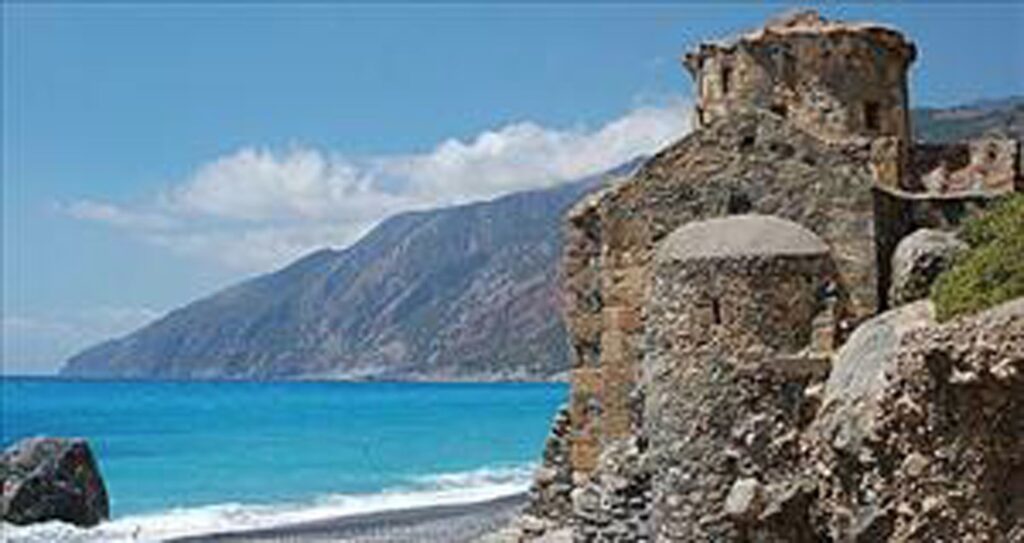
This makes perfect sense given the fact that Aghios Pavlos has one of the most sheltered bays on the coast with some of the most beautiful green and deep waters you have ever seen. The harbor and beaches here are also well-hidden and peaceful, where just above the pristine beach, you can witness for yourself the small old church of Saint Paul. The beach here has fine dark-colored pebbles with crystal clear blue waters. This area is specially protected from the winds by the high mountainous massive on the west and the north.
During this time of Pompey (67 BC), Tarsus was made the capital over the Roman province of Cilicia, and who we know now as the Jews began to receive Roman citizenship. Antony, who controlled the eastern provinces, declared the city free in 42 BC. Tarsus continued to receive special privileges under Augustus, who exempted the city from imperial taxation because Athenodorus, his teacher and friend, was a Tarsian. Tarsus grew into a cultural and intellectual center. Stoic philosophers like Athenodorus, Zeno, Antipater, and Nestor lived in the city in the 1st century AD.
The gate of Cleopatra, also called the “Sea Gate,” still stands today, but poorly restored and in Turkey like many of Crete’s old stones. Legend has it that Cleopatra sailed up the Cydnus river disguised as Aphrodite and came through this famous gate in 41 BC on her way to meet Mark Antony. Saint Paul had witnessed this event.
You will often find the name Tarsus associated with another name for Crete which is Cappadocia. These various name changes were done I believe to conceal the history and identity of the island from its descendants who were more often than not a serious political problem for whomever ruler ruled the region.
It was said that Julius Caesar passed through the city in 47 B.C. on his march from Egypt to Pontus, and was enthusiastically received. Later with the assignment of the East to Antony’s administration, Tarsus received the position of an independent and duty-free state (civitas libera et immunis) and became for some time Antony’s place of residence. This privileged status was confirmed by Pompey, Caesar, Antony and Augustus granted that honor for themselves and, as a consequence, for their descendants.
In reward for its exertions and sacrifices during the civil wars of Rome, Tarsus was made a free city of Augustus.
the biblical name, Ataroth, one of the stations on the southern frontier of the tribe of Ephraim, close to the territory of the tribe of Benjamin ( Josh . xvi . 5 , 7 ; xviii . 13 ; and xxi . 18 ). Their emblem is the wolf who according to ancient Roman mythology, a she-wolf was responsible for helping rear up the founders of Rome, Romulus, and Remus which is symbolized with the Capitoline Wolf (Italian: Lupa Capitolina), which is the main symbol of Rome.
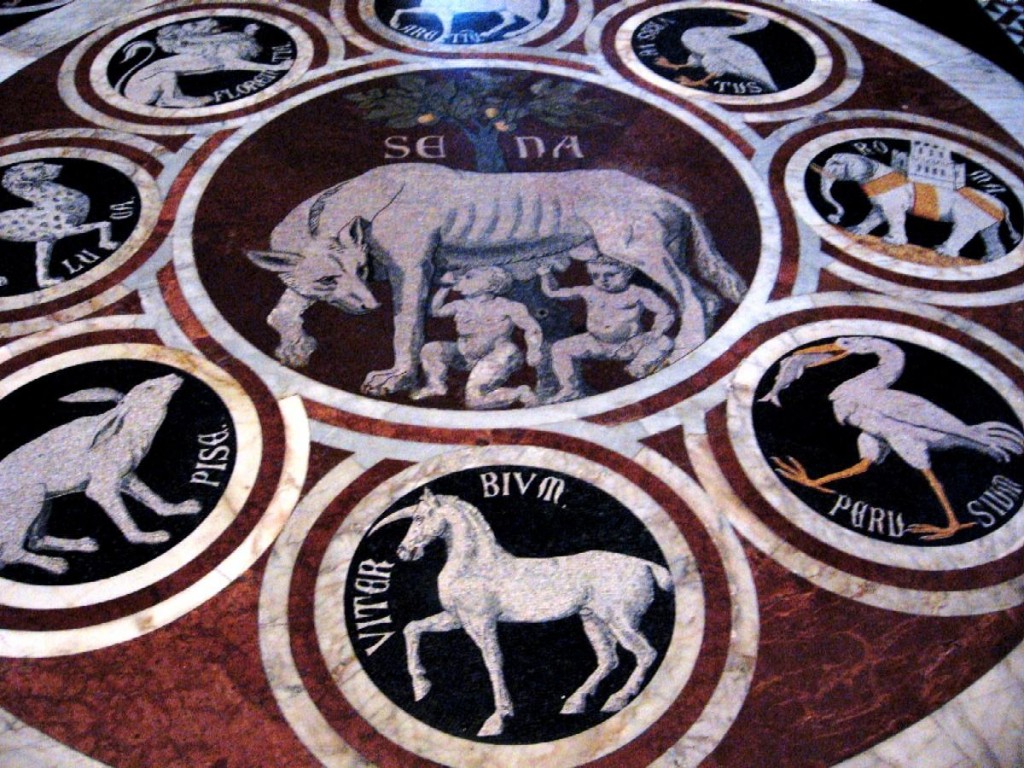
In the 7th century A.D., the Muslims conquered the island of Crete forcing the Byzantine rulers and Cretan natives to flee and in the 17 century, it fell again, this time into the hands of the Turks.
Finally, it was from the ancient shores of Tara/Tarsus that we know of today as Agia Roumeli that the Greek Government with King George left for Egypt in May 1941, after the fall of Crete to the Germans.

Moe is the founder of GnosticWarrior.com. He is a father, husband, author, martial arts black belt, and an expert in Gnosticism, the occult, and esotericism.







